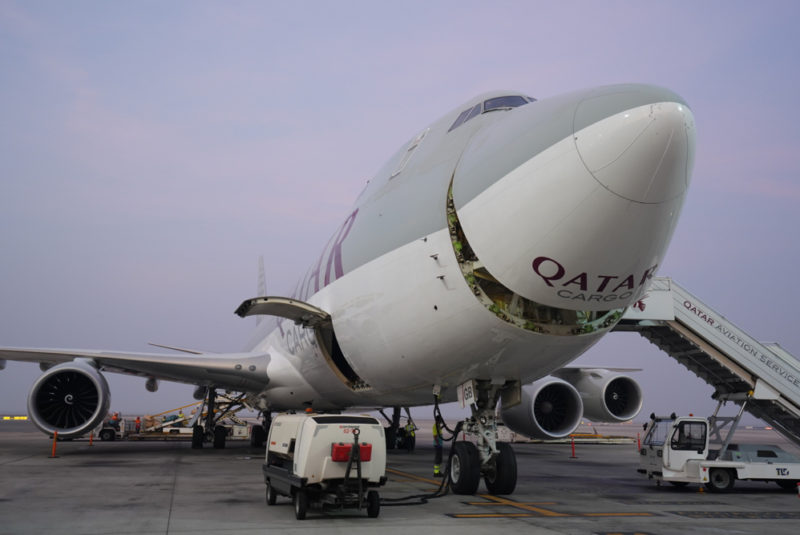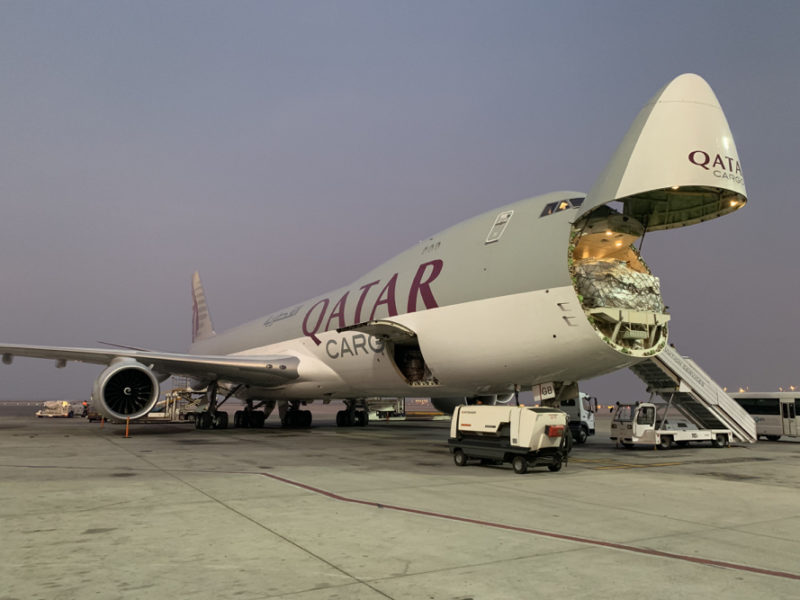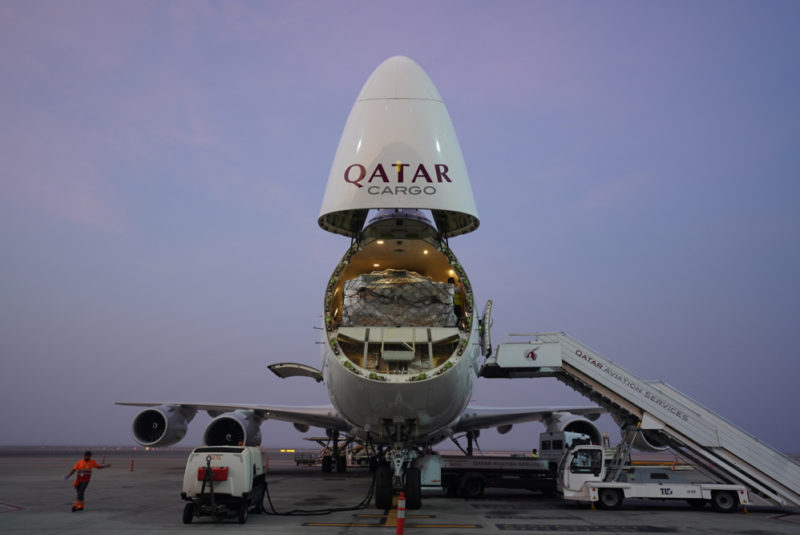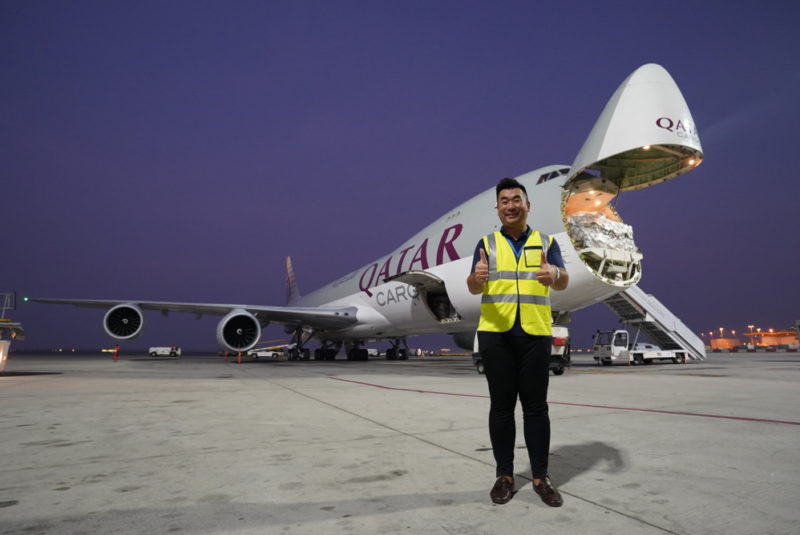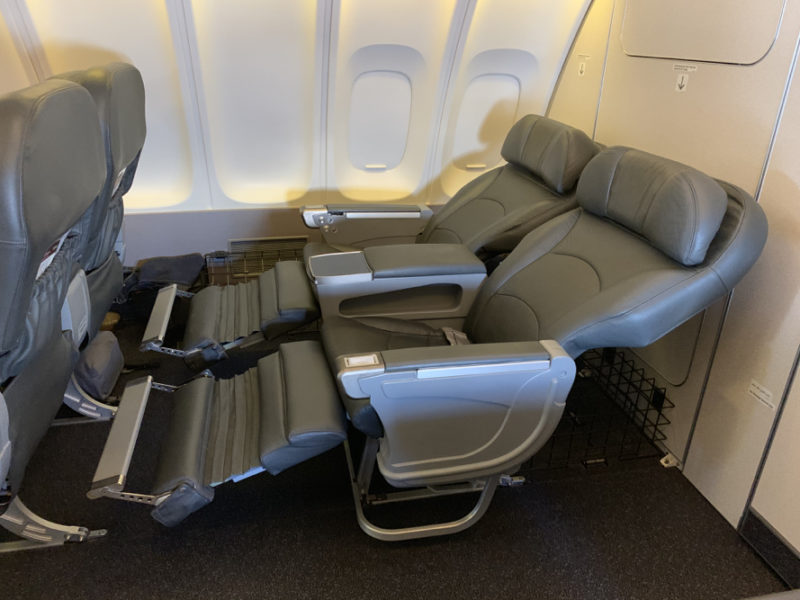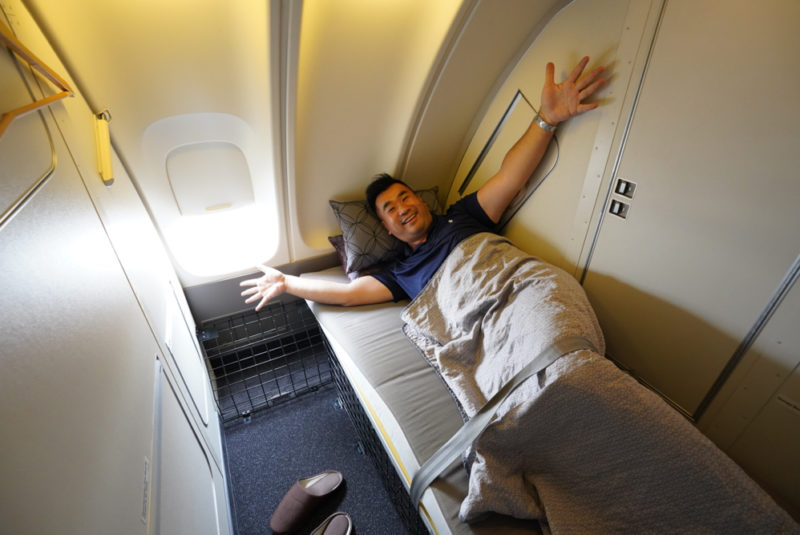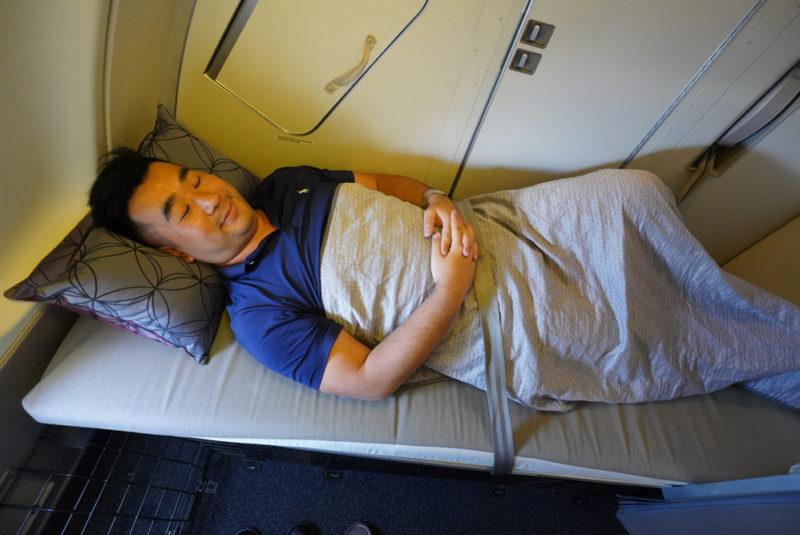In early September, I flew on a B747-8 Cargo plane belonging to Qatar Airways Cargo from Hong Kong to Doha. I learnt a lot about cargo operations during this trip. Here is the trip recap.
My trip started in Hong Kong Cargo Super Terminal One by HACTL, where they handle all the cargo logistics for Qatar Airways Cargo. Hong Kong Airport is the busiest cargo airport in the world, where countless B747 cargo planes operate in and out.
Video
Generally, the goods (cargo) arriving at the cargo terminal will be stored until the flight. Before the flight, the cargo will be wrapped up on a pallet to fit into the plane; this is usually done by the ground cargo handler company before loading the cargo pallets into the plane.
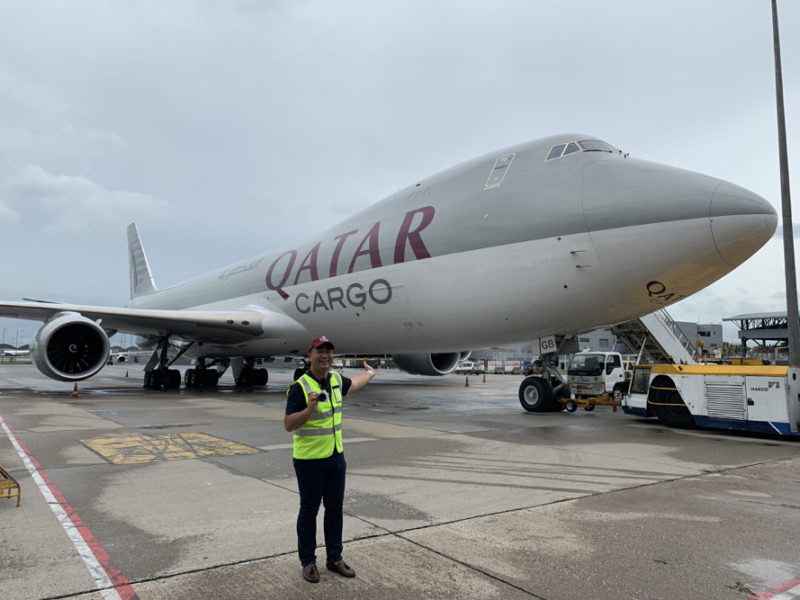
One unique feature on the B747 freighter is the front/nose cargo door; which can be opened and cargo pallets loaded from both the front and the side.
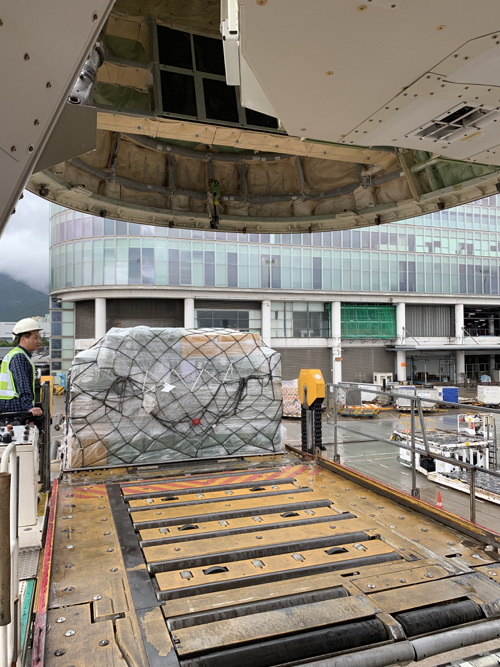
The cargo pallets are packed into a "contoured shape" to fit into the aircraft's cargo hold.
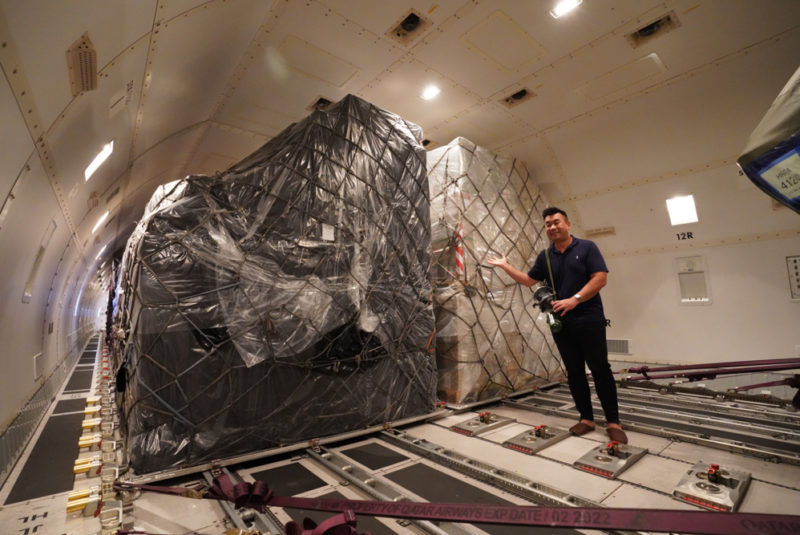
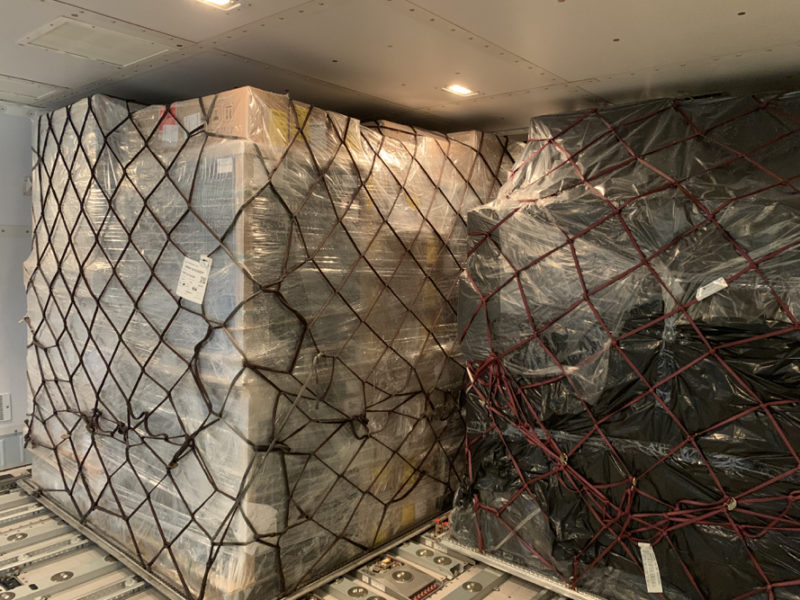
The Boeing 747-8F has 34 cargo positions on the lower deck, with 135 tons of cargo capacity. Here are the specifics: (more on QRcargo.com)
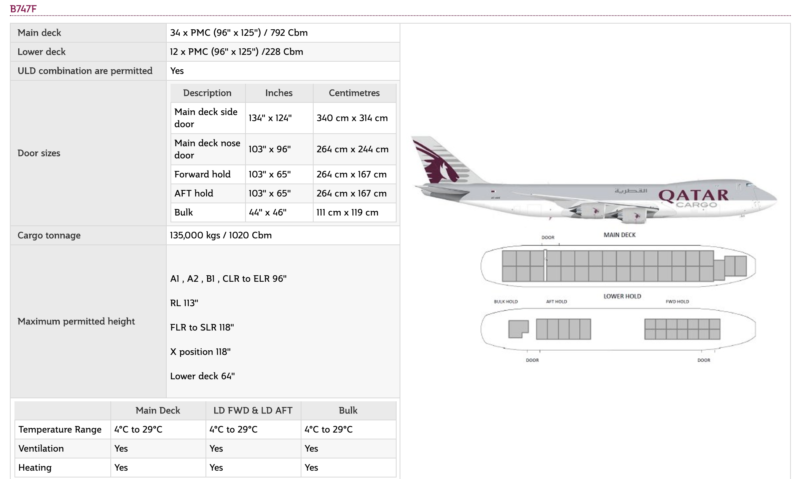
Out of Hong Kong, cargo flights are generally full and are often carrying all sorts of exports from China. The flight had a Rolls Royce Trent 700 engine (for an Airbus A330) as cargo.
The engine was given special care as it was loaded from the side door and needed to be turned into the main cargo deck. The engine was tied down carefully to avoid any movement during the flight.
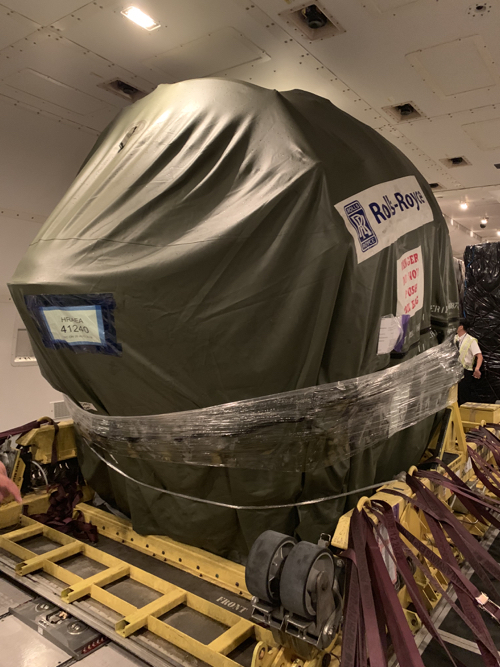

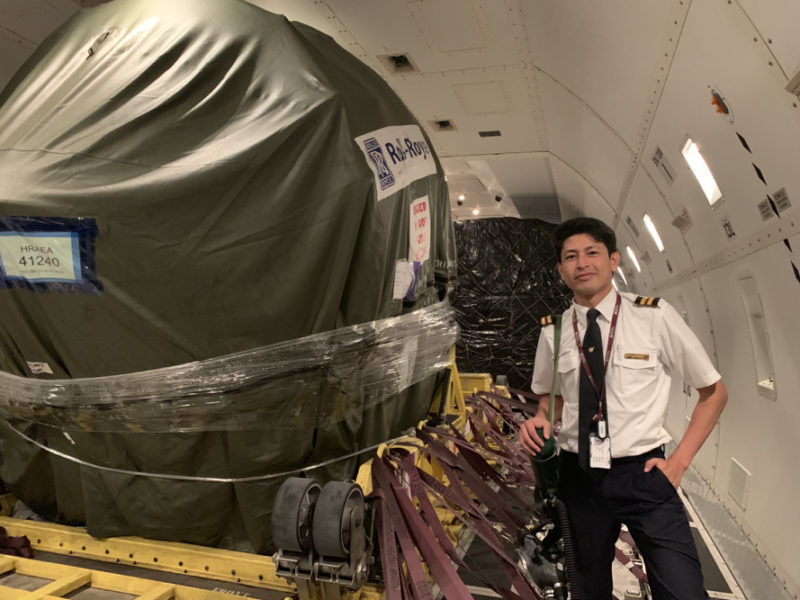
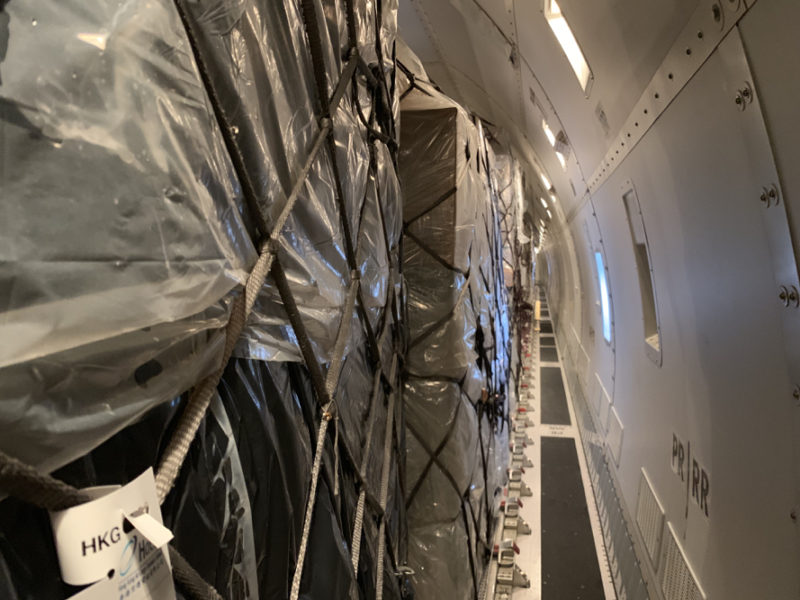
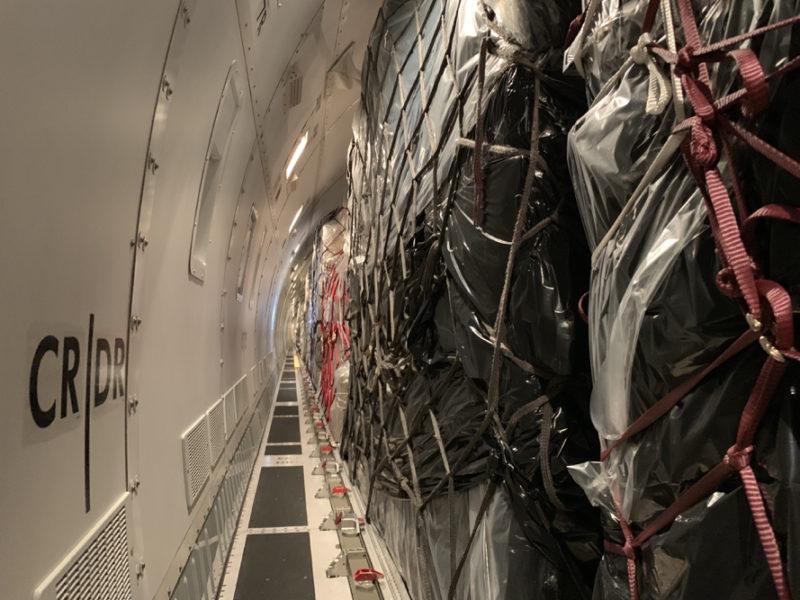
There was a typhoon near Hong Kong on the day of our departure, the cargo loading activities were hampered by occasional torrential rain and lightning warnings. There was water (from the rain) on some of the pallets which needed to be removed before entering into the aircraft. It took just over 2 hours to load up our Boeing 747.
Before the flight, the pilots are responsible for the walk around to check the engine, the gears and the fuselage.
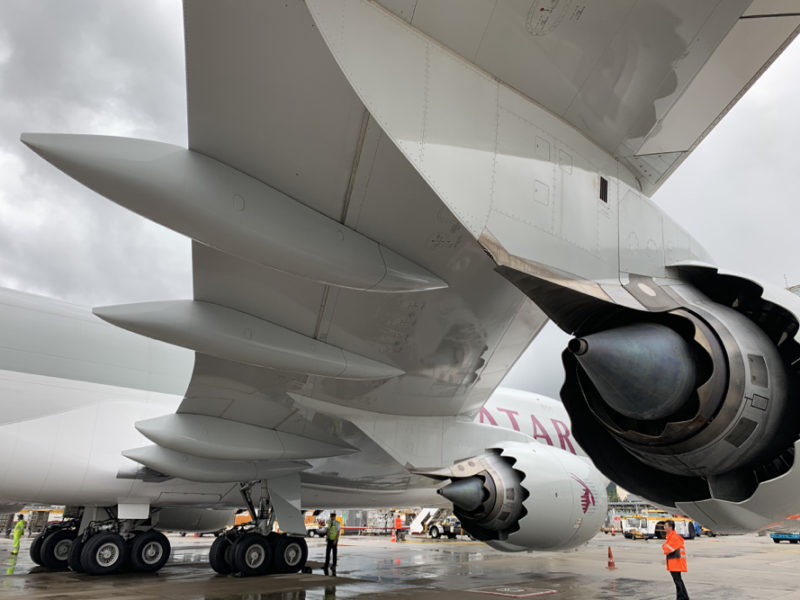
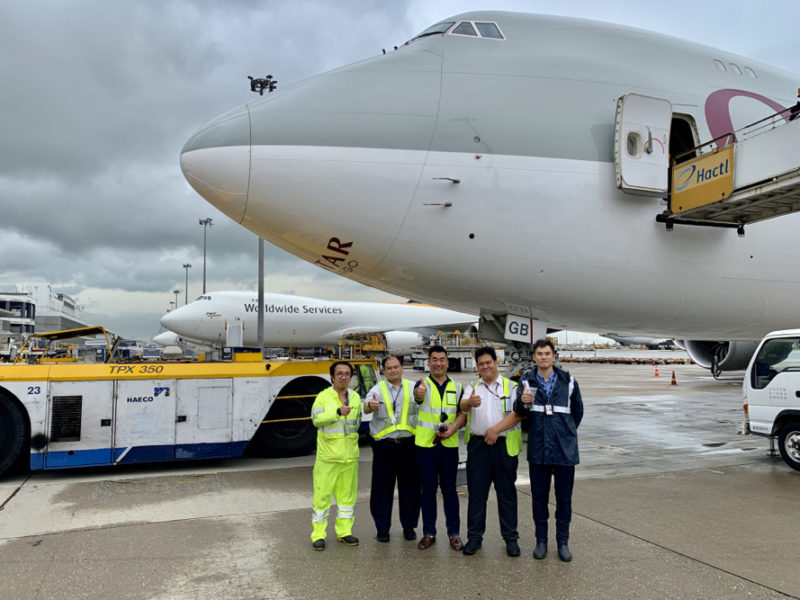
Inside the B747-8F
The entire main deck was filled with cargo (34 positions). There are stairs to gain access from main deck to the upper deck. Here you will find the following: the cockpit, a small galley, lavatory, 6 crew seats and 2 bunk beds.
There is no cockpit door on the cargo plane, as it rarely carries passengers (supernumeraries).
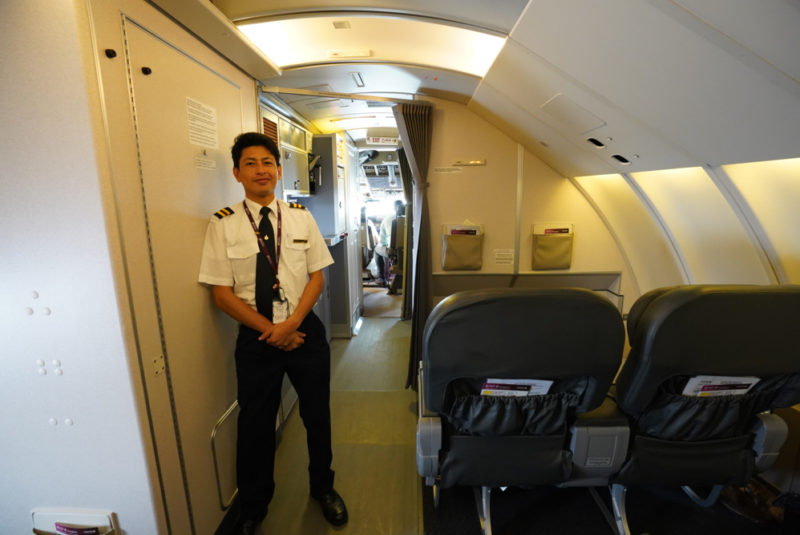
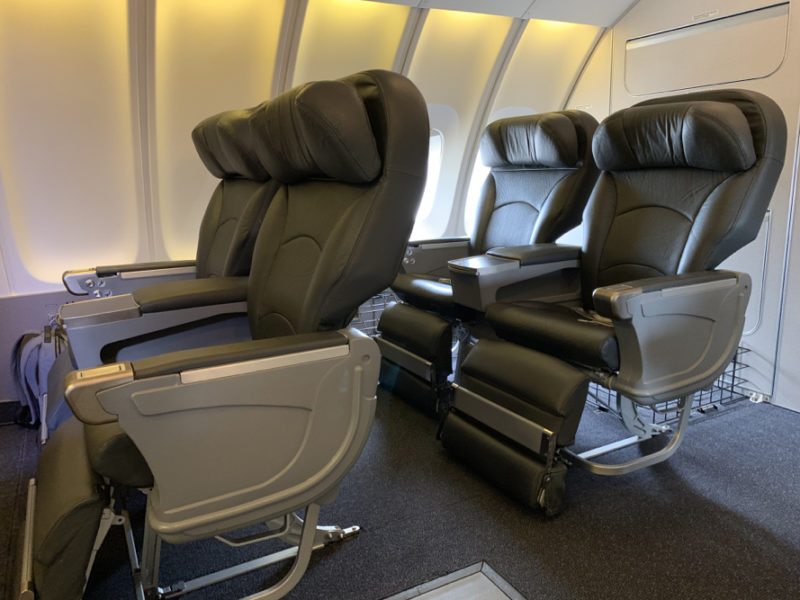
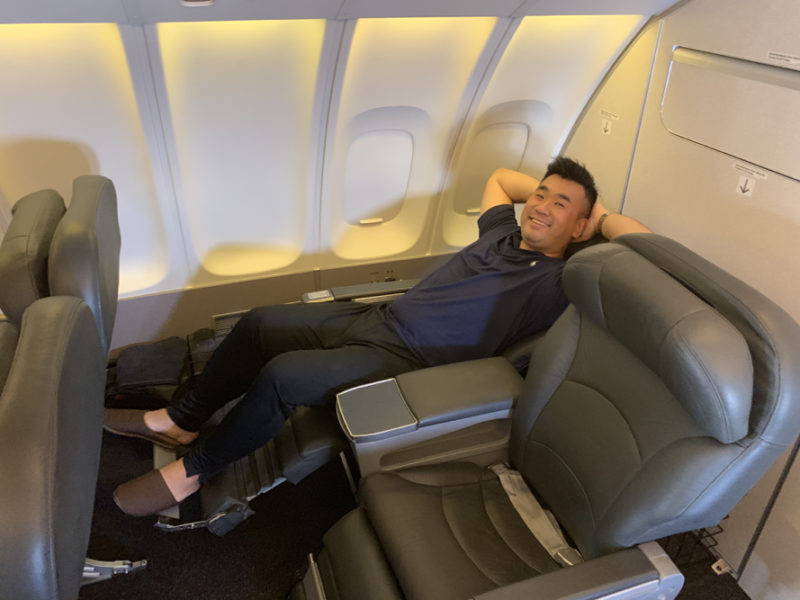
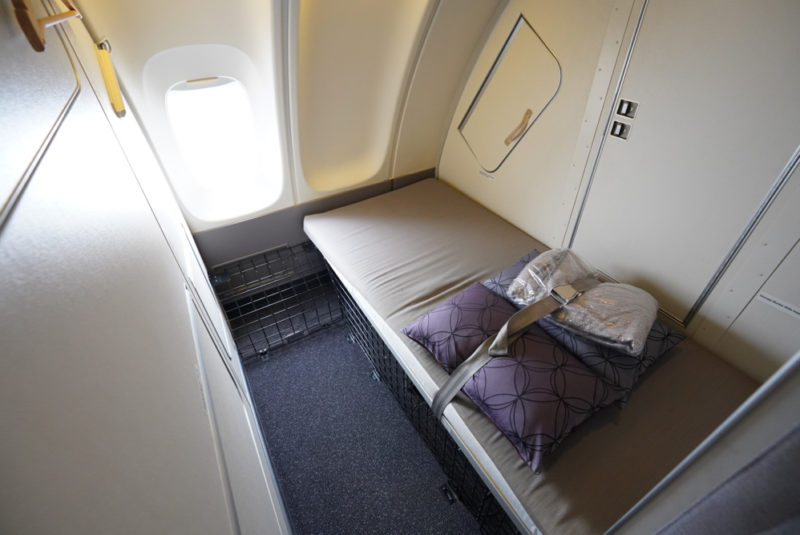
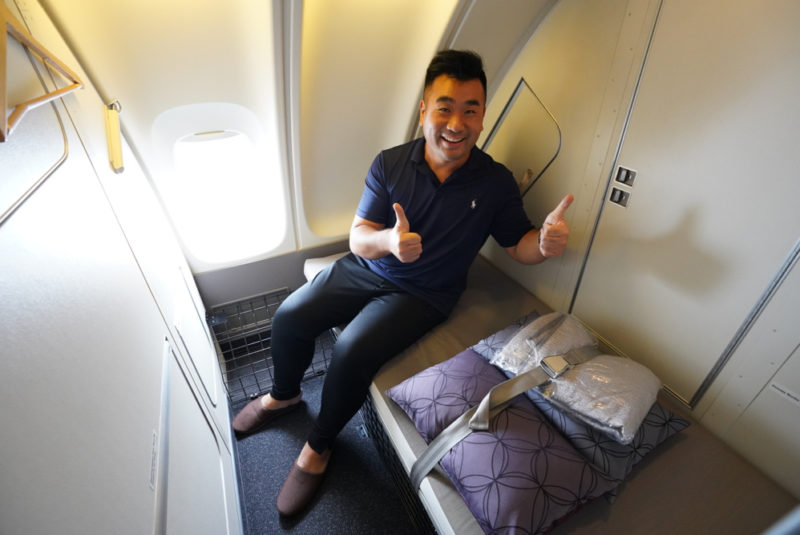
We took off about an hour late due to the delay in loading the cargo (because of bad weather) and airport traffic congestion. Flight time to Doha was 7.5 hours. We were initially cruising at 30,000 ft.
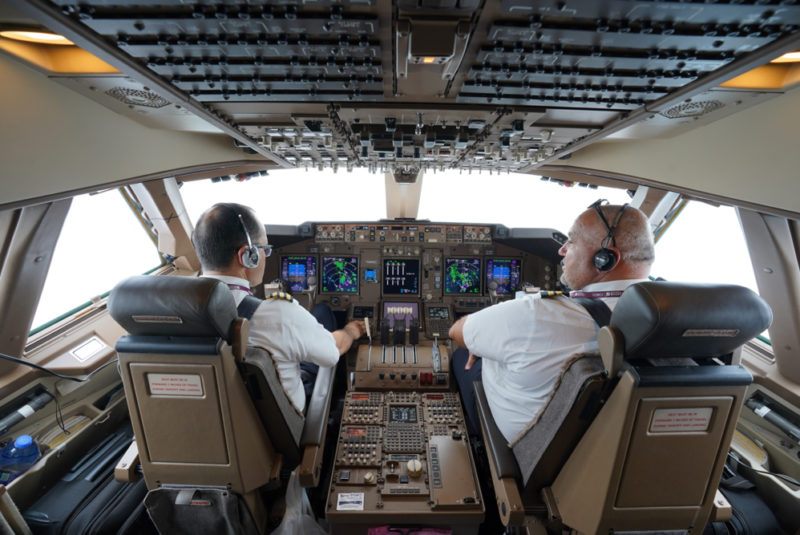
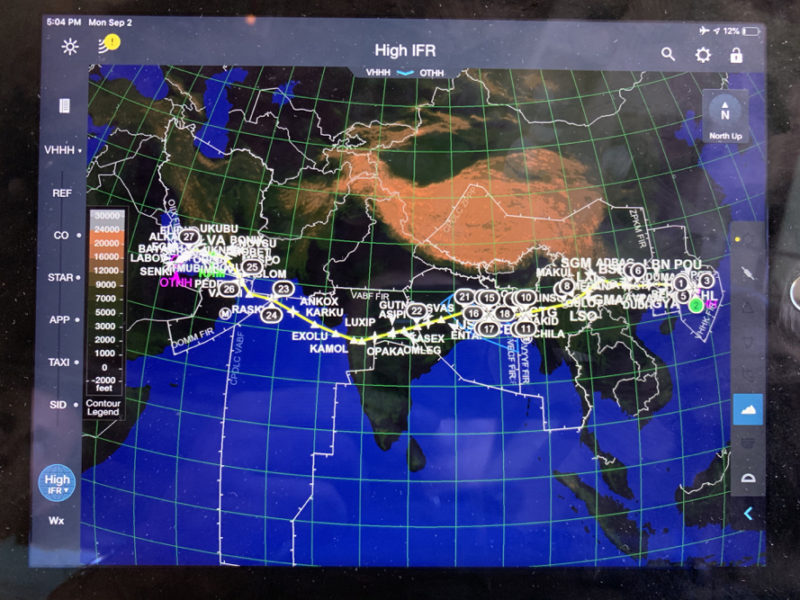

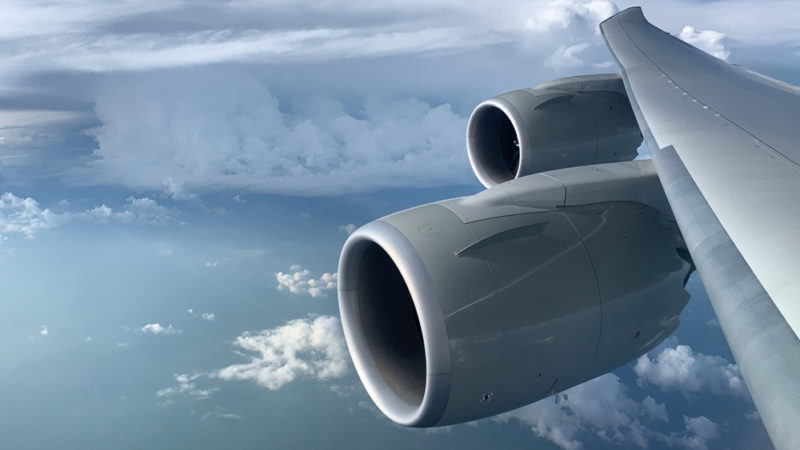
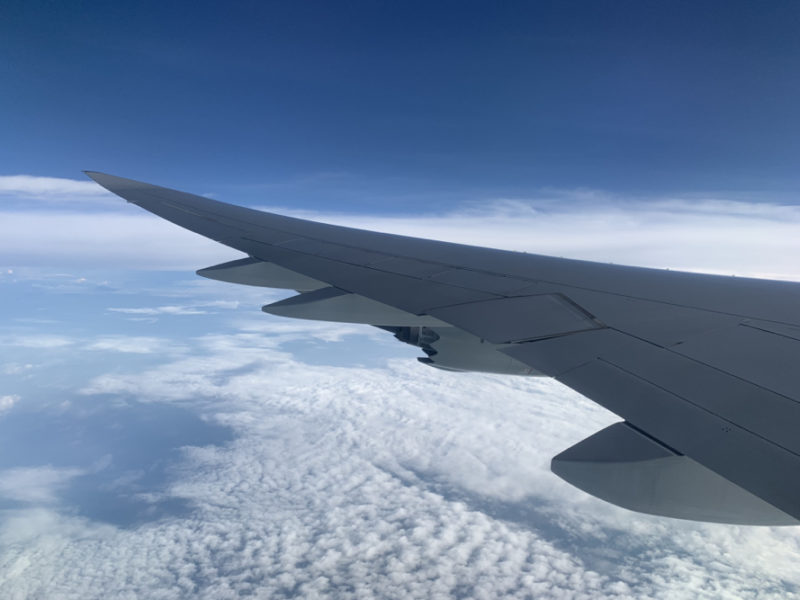
Contrary to passenger flights, there are no flight attendants on a cargo flight. You simply go to the galley and help yourself. In my case, it was my first time heating up a meal using the in-flight oven. There were 4 choices of meal (beef, chicken, salmon and pasta). I must say that it didn't look or taste too bad.
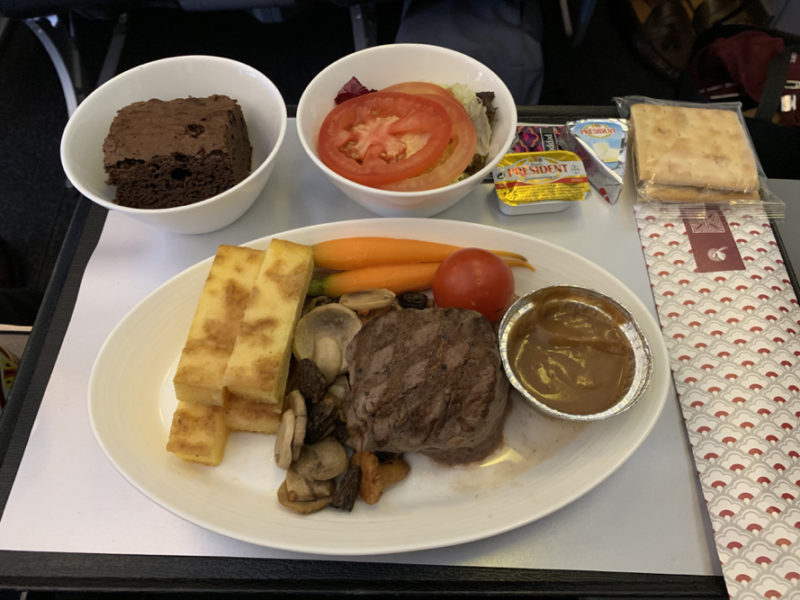
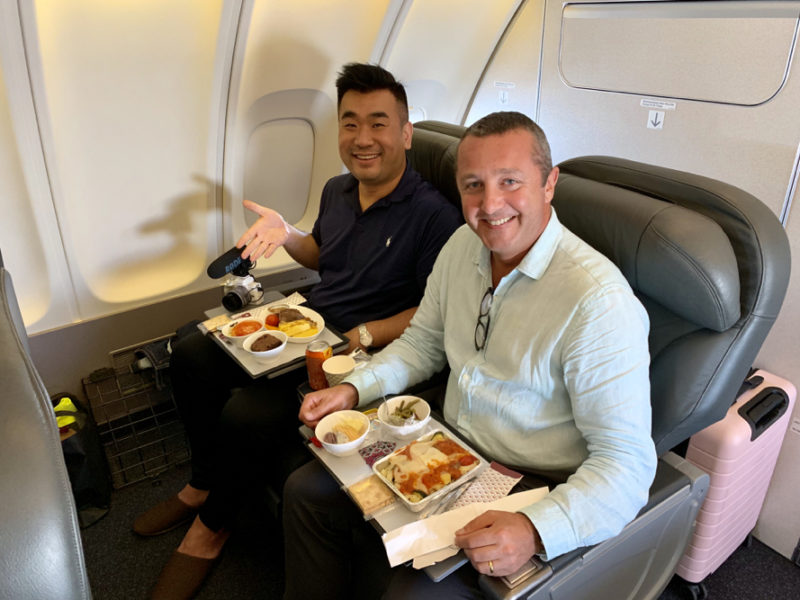
During the flight, if you want to go downstairs to the main cargo deck, you must carry an oxygen bottle and mask, in case of decompression.
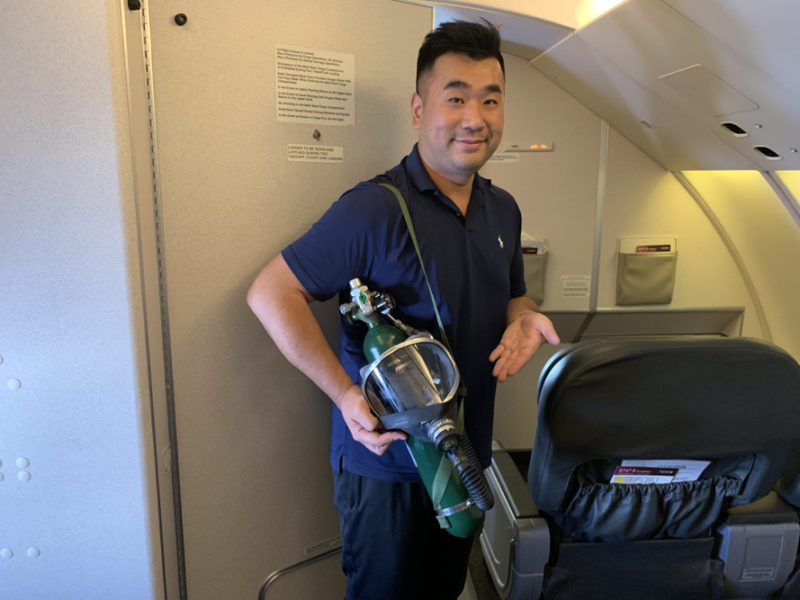
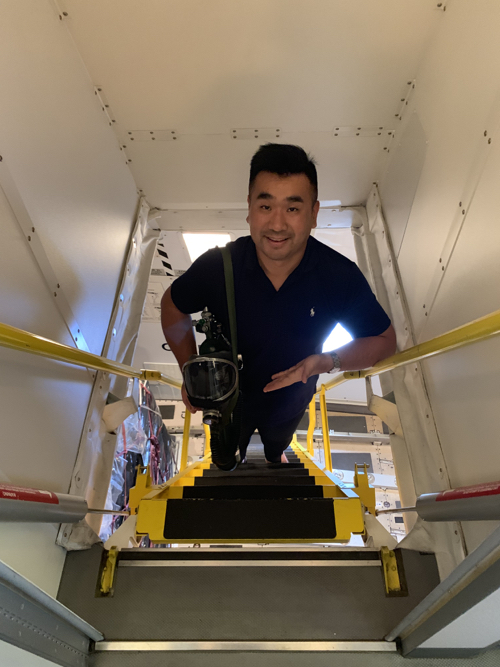
It was a fairly uneventful flight, there was no IFE as usually only the pilots and one cargo load master fly on the freighter. I took a nap in the crew bunk and think that it's actually better than the QSuite, with all the privacy.
We landed in Doha just before dusk. Watch the video of the landing.

Once we arrived in Doha, cargo offloading activities started immediately. Much of our cargo was transiting onward from Doha; it was taken to the cargo facility for storage and to await the next flight.
Qatar Airways have large dedicated cargo facilities including cold storage for fresh cargo or pharmaceuticals; they also have dedicated live animal stations with grooms and vets. There certainly was some very interesting cargo to be seen, including a luxury car.
Based on IATA’s international FTK rankings, Qatar Airways Cargo is one of the world’s largest international cargo carrier and serves over 60 freighter destinations worldwide via its Doha hub.
For more information of Qatar Airways Cargo, visit their homepage.
